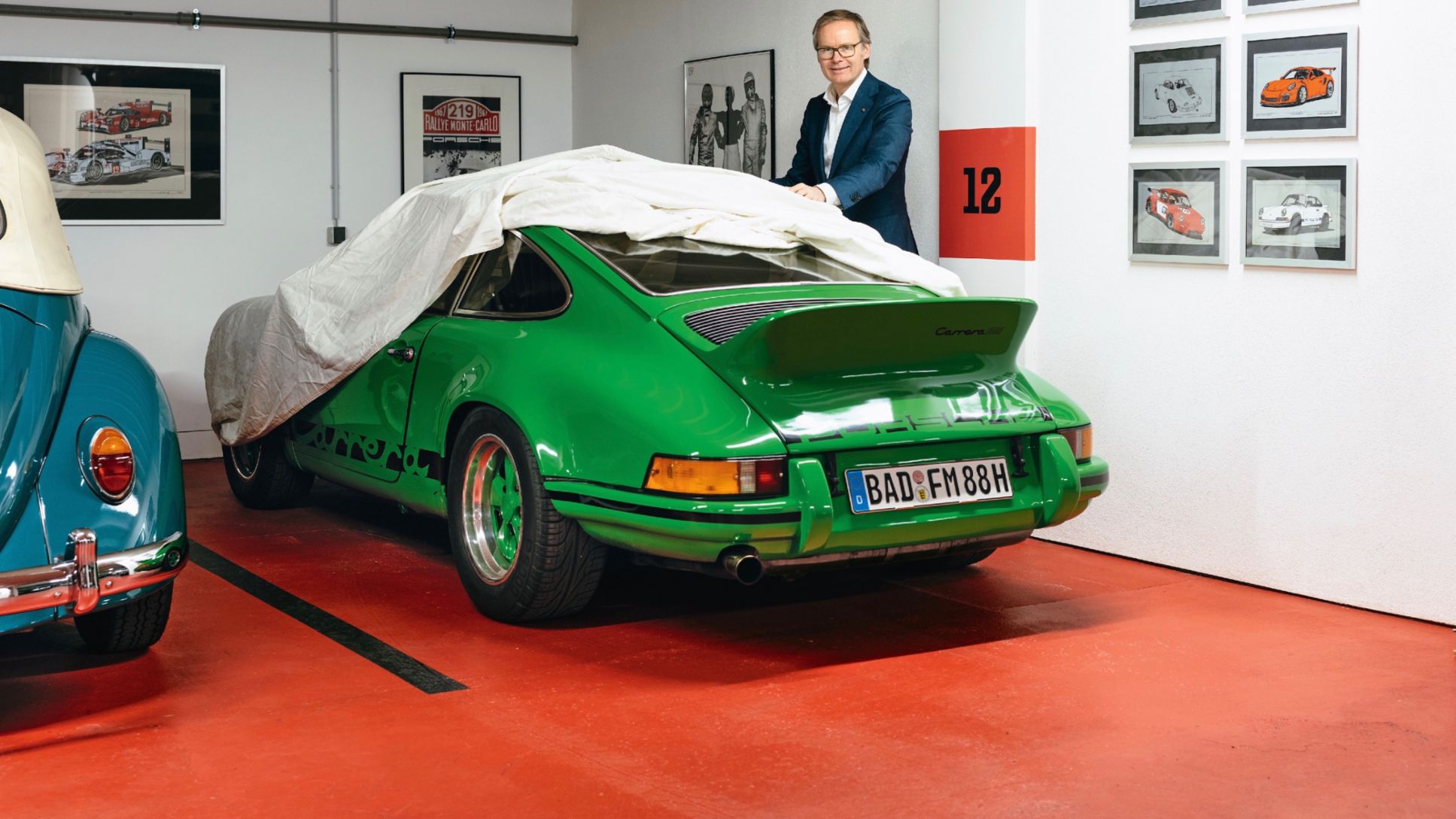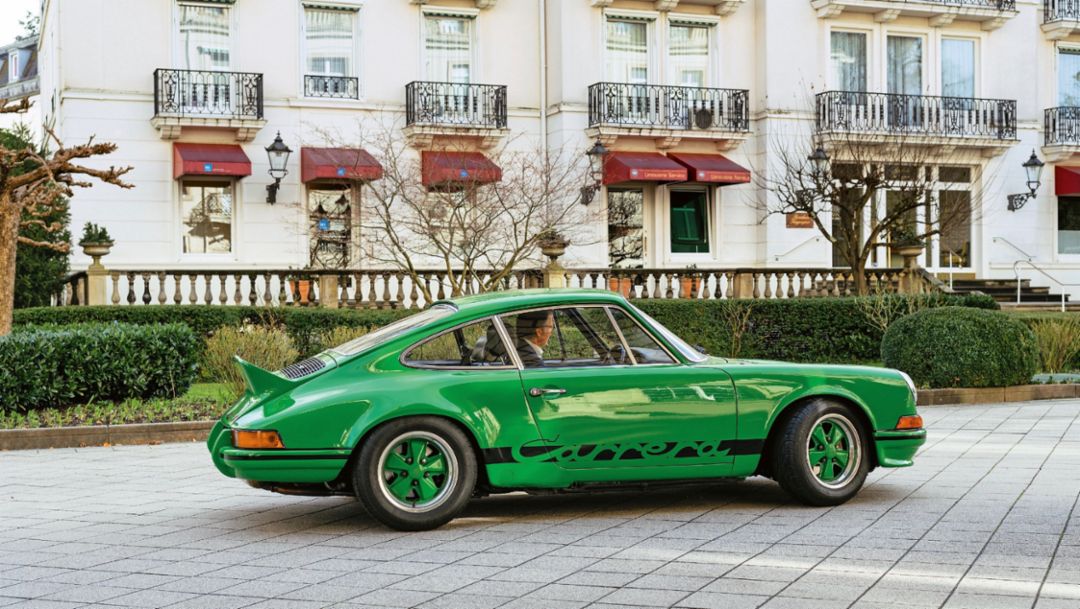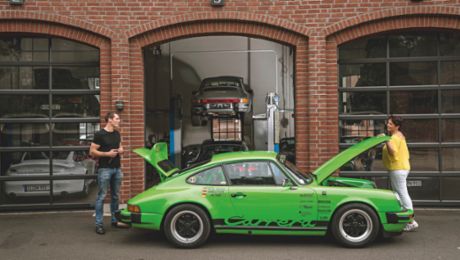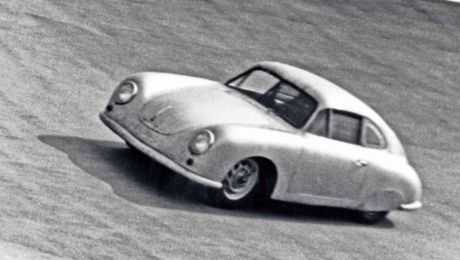Try to imagine Baden-Baden without Brenners Park-Hotel—it’s simply not possible. One of the most luxurious hotels in southwestern Germany, it has been a landmark of this spa town for more than 150 years. And the Park-Hotel itself without Frank Marrenbach? Nearly inconceivable; he’ll soon mark twenty years of managing the institution. Fifty-year-old Marrenbach is the picture of discretion, a man who chooses his words with care. When speaking about himself or others, his approach is judicious, like that of a diplomat. Perhaps he has taken a page from the books of top politicians and heads of state whom he has met over the years. Bill Clinton, Angela Merkel, Barack Obama, and many others have been his guests in Baden-Baden. But Marrenbach reveals nothing about these encounters—a quality that might have contributed to his being selected Hotelier des Jahres (Hotelier of the Year) in 2016, the highest award in his industry.
A native of Düsseldorf, Marrenbach is at home not only with celebrities but also with people from all walks of life—because that’s his job. As head of the Oetker Collection hotel chain, he’s in charge of an entire series of luxury hotels that includes the legendary Hotel du Cap Eden-Roc in the southern French resort of Antibes and Le Bristol in Paris. He has to uphold exemplary standards of quality in a wide range of hotels with around three thousand employees worldwide from the Caribbean to the Seychelles, without impinging on the individual character of each establishment. As part of this mission, Marrenbach spends a third of the year traveling and has to be familiar with diverse cultures and customs. It’s no coincidence, therefore, that one of his principles is the following: “Wherever you come from and whomever you meet, respect is the universal gesture—in speech, attitude, and approach.”
Special state of being
His work obviously requires great powers of concentration and enormous self-discipline. Which is why he pursues a passion that provides a counterpoint to his responsibilities as a hotelier. “Because my profession requires nonstop contact and interaction with other people, I need spaces in which I can be alone. And one of them is the cockpit of a classic Porsche.” Fifteen years ago Marrenbach bought his first 911—a 4S in the 993 series. That was quickly followed by a 996 Turbo and a 964 RS, which triggered his passion for 911 race cars. “Just driving a Porsche transports me to a special state of being. But the intensity of an RS is what really challenges me—and what I’m out for.” Over the years, he’s acquired a number of RS models, because each one affords him a different type of pleasure and experience. “Driving a 997 GT3 RS is a completely different experience than in a 964 RS—and above 5,000 rpm it develops such an incredible sound that gives you goosebumps. Fascinating!”
The jewel of Marrenbach’s collection is a 1972 Viper Green Carrera RS 2.7—the 911 with the characteristic ducktail and the very first RS. On taking the wheel of the sports car for the first time, he was immediately smitten. “With the agility of its six-cylinder engine and its quickness and stability in every curve, it really keeps its promises. But an RS is never easy to drive, and this one is no exception. It inspires respect. If you want to control the car, you have to work at it.” Marrenbach completed Porsche’s driving safety program, and even hired a personal instructor—but still hit a wall. “My first drive on the Hockenheimring was a disaster. I braked incorrectly in the second curve, and that really got to me,” he recalls. A perfectionist, he immediately set to work on the problem. “I like tackling an activity that needs improvement, and finding out how I can meet a challenge.” He practices on racetracks three or four times a year. And every once in a while, he and his brother, who’s a development engineer for Porsche in Weissach, enter a rally in one of his RS models.
Sixty-five years of Christophorus
Marrenbach’s passion for Porsche has yet another facet. He has dedicated one of the rooms in his home to Porsche, a “contemplative space” as he puts it, which is lined from floor to ceiling with Porsche literature and models. The heart of the collection is Christophorus—the entire series of what now numbers 384 issues, starting with the first one from 1952. The magazines are stored in custom-made dark blue slipcovers with stylish gold embossing. Marrenbach acquired them from a collector who first cast a very critical eye on him personally before parting with his treasures.
The Porsche customer magazine is celebrating its sixty-fifth birthday this year—which means it can look back on an even longer history of success than the 911 itself. In 1952 it was an entirely novel idea to look over the shoulder of a test-driver, for example, or to read inspiring pieces about automotive excursions. Marrenbach is fascinated not only by the magazine’s topics, imagery, and prose, but also by the historical context of each individual issue. “Christophorus lets you travel back through German history,” he says, leafing through one of the issues from the first year. “When you read these articles you start to understand what moved people just seven years after World War II, and what their hopes for the future were.” Marrenbach is also captivated by the rich source of company history. “In addition to revealing the spirit of the times, the magazine also reflects Porsche’s economic situation—the difficulties the brand was having in the early 1990s, and the renaissance it enjoyed after.” For him the issues combine elements of both the Encyclopedia Britannica and the Brockhaus, the famous German-language encyclopedia. His relationship to the early issues is such that if his house happened to catch on fire one night, he might be found on the street in his bathrobe with those precious items in his hand.
The most important person in the room
Sometimes Marrenbach rises in the early hours of the morning when the hotel guests are still asleep and sets off in his Viper Green Carrera for a drive through the Black Forest. “It might sound like a cliché, but it’s time that I take for myself. You can’t always do things that are purely relevant. If you want to do your job well, you have to give it one hundred percent—in every thought, every meeting, and every interaction.” He pauses and then, reminded of the power of certain moments, does in fact reveal a memory of a special encounter. “What deeply impressed me about Bill Clinton was that he always gave you the feeling that you’re the most important person in the room. When he left our hotel it was early in the morning. He had hardly slept and was nearly out the door when he spotted some of our staff at the reception. He went back and thanked each one of them personally. Nobody would have been disappointed if he hadn’t done that. But he did it anyway. That made a huge impression on me.”
Info
Model: 911 Carrera RS 2.7
Year: 1972
Engine: 2.7-liter six-cylinder
Color: Viper Green
Text first published in the Porsche customer magazine Christophorus, No. 384





